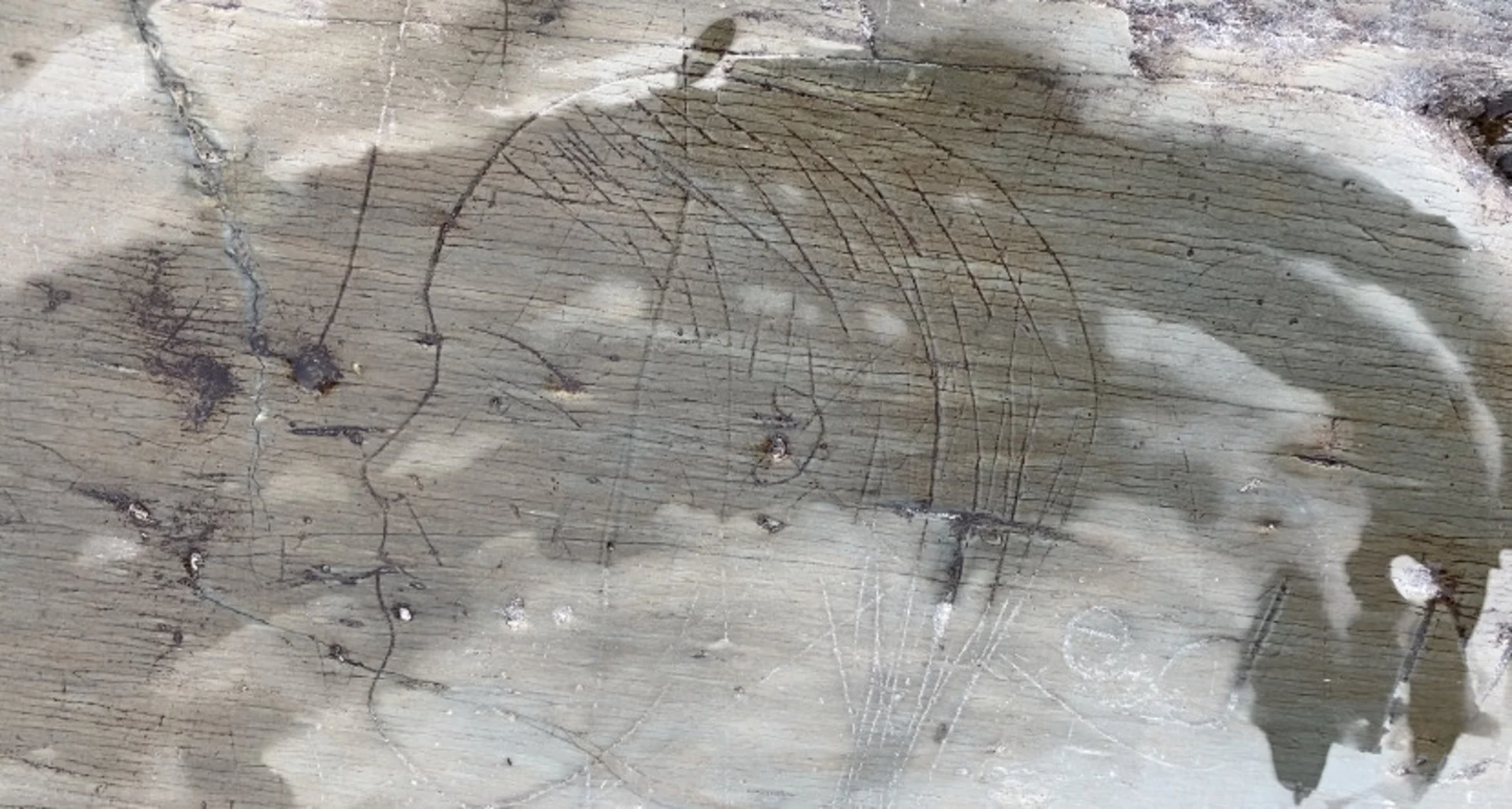
Discover Mi’kmaw petroglyphs from the last millennia
Kejimkujik National Park and National Historic Site, located in southwest Nova Scotia, gives visitors the opportunity to explore Mi’kmaw petroglyphs, traditional encampment areas, and canoe routes dating back thousands of years.
Visitors flock to Kejimkujik to take in the vibrant fall colours. Located in southwest Nova Scotia, it’s also the only national park in Canada where the entirety of it is protected as a National Historic Site.
While Parks Canada protects things like trees, water, and animals at national parks, an area deemed a National Historic Site gets additional protection for cultural values.
RELATED: Why the Mi’kmaq calendar has 13 months and what they all mean
What’s being protected at Kejimkujik is the Mi'kmaq cultural landscape. That includes a trail leading to age-old petroglyphs. It’s not open to the public unless an interpreter is present, so visitors are required to book a tour in advance to see them.

Petroglyph at Kejimkujik historic site (Nathan Coleman/The Weather Network)
Extreme rainfall events meant that this summer, most of the petroglyphs were underwater for weeks upon weeks.
"You have to take your shoes off at the edge of the trail before you go out to view the petroglyphs so you don’t cause any damage.” Kejimkujik National Park and National Historic Site Interpretation Officer Jonathan Riley tells The Weather Network.
Spotting a petroglyph can be tough because many have been worn away due to years of erosion caused by strong winds creating waves or the freeze-thaw cycle in winter. Wetting them with water will help make them more visible.

At Kejimkujik, you can explore Mi’kmaw petroglyphs, traditional encampment areas, and canoe routes dating back thousands of years. (Nathan Coleman/The Weather Network)
“It’s easy to date a pictogram, which is a painting on stone,” says Riley. "You just take the paint and date that. It’s carbon dating. But here, all we have is a lack of stone... hard to date something that’s missing.”
SEE ALSO: Mi'kmaq artist captures life — and the changing coastlines — on P.E.I.
In 30 to 40 years, the erosion of the ice will erase the images, but a council of Mi’kmaq who advise the park wants them left as they are without protection from the natural elements.
“Stone, for example, in the Mi’kmaq way of looking at things, has a soul. It’s an animate being. And so, to put it in a museum is to not allow it to live out its life. So, the petroglyphs—we believe, perhaps—the Mi’kmaq knew when they were carving them that they only had a certain lifespan,” says Riley.











